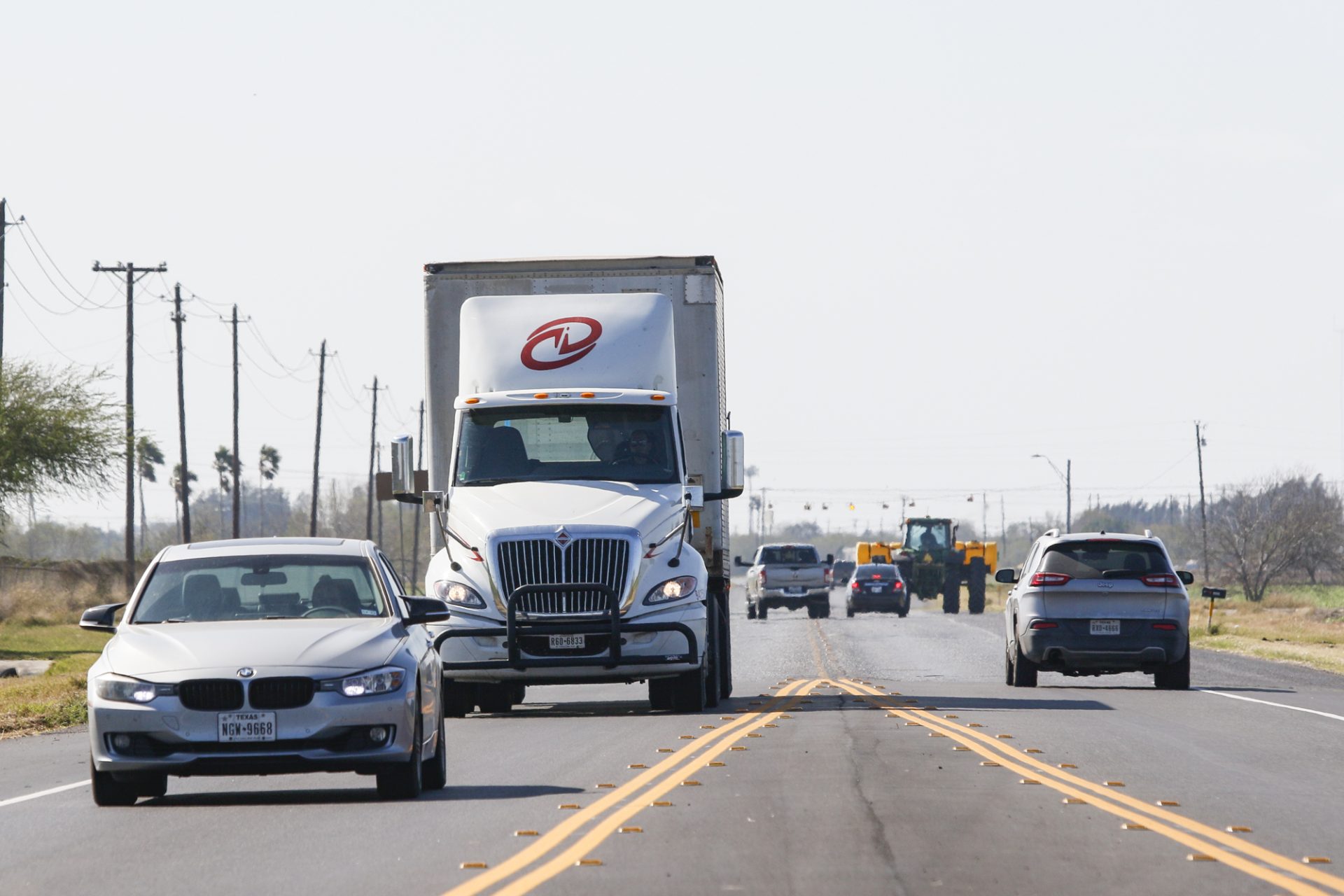|
Only have a minute? Listen instead
Getting your Trinity Audio player ready...
|
HARLINGEN — After about seven years of planning, the multi-million-dollar project to build the city’s first public transit center is hitting a big snag.
Like many city projects, the coronavirus pandemic’s supply chain crisis’ cost escalations are nearly doubling the project’s price tag.
At City Hall, officials are working with the Lower Rio Grande Valley Development Council to search for additional funding to finance the transit center’s construction.
“For now, it’s been paused until we find a way to address it,” City Manager Gabriel Gonzalez said.
$3.6 million over budget
As a result of the supply chain crisis’ soaring materials’ costs, Gonzalez said the project’s price tag jumped about $3.6 million over the city’s $4.6 million budget.
“It’s unbelievable what’s happening with costs,” he said.
After reviewing five companies’ proposals for the city’s construction contract, a committee made up of city staff and development council officials picked McAllen-based N.M. Contracting as the low bidder, offering an $8.2 million bid.
The bids included Harlingen-based SpawGlass Construction’s high bid of $9.9 million.
After studying architectural plans for the 10,000 square-foot transit center, officials determined they couldn’t downscale the project, Gonzalez said.
“We’re looking at the plan design, and there’s not much we can reduce,” he said. “The facility is not very large to begin with. If we make it smaller, it might not be as functional as we’d like it to be.”
Searching for funding
Now, officials are considering requesting the Rio Grande Valley Metropolitan Planning Organization consider helping the city fund the project, Gonzalez said.
At MPO offices, Executive Director Andrew Cannon said the agency would consider helping to fund project if the city presents its request.
Meanwhile, the development council is planning to request the Federal Transit Administration and the Texas Department of Transportation help fund the project’s construction, Manuel Cruz, the executive director of the agency operating Valley Metro, said.
“We don’t have local funds,” he said. “We’re going to try to secure more funding through various channels.”

Financing ‘favorable’
Valley Metro’s plan to make the transit center its northern Cameron County’s hub could help the agency land additional funding, Cruz said.
“We think it’s going to be looked at favorably,” he said, referring to the agency’s request for funding. “It plays on the regional aspect of the region so hopefully we’ll get a favorable response.”
The project’s delay holds back Valley Metro’s plans to turn the transit center into one of its biggest hubs, Cruz said.
“This will be one of the major hubs,” he said. “We’ve got to get the ball rolling on this project. Hopefully, we can get if off the ground sooner instead of later. It’s important to Valley Metro and the city of Harlingen.”
The project has been falling behind schedule.
The transit center’s construction had been set to begin by about late 2022, with completion planned for about the end of 2023.
Background
For decades, city leaders have been talking about building a public transit center.
In 2016, Harlingen’s updated 10-year master plan ranked the transit center as No. 13 on the city’s priority list.
Three years later, city officials paid $291,000 to buy a 1.8-acre site at 201 N. T St. on which the old Cameron County Precinct 4 warehouse formerly stood.
“This will be one of the major hubs,” Cruz said. “We’ve got to get the ball rolling on this project. Hopefully, we can get if off the ground sooner instead of later. It’s important to Valley Metro and the city of Harlingen.”
Then about two years ago, the development council landed a $5.6 million grant from the Federal Transit Administration to fund the project, planning to make the transit center its northern Cameron County hub.
“We’re strategically situated in the region so we could reach out into our coverage area into the three counties,” Cruz said.
In 2021, the city’s past commission hired Corpus Christi-based Gignac Architects for $340,000 to design the transit center.
The 10,000-square-foot transit center design features seven bus bays, passenger boarding and waiting areas, Valley Metro offices along with suites earmarked for restaurants and shops.
While the city’s first public transit center will boast tall canopies looming over its open docking areas, its terminal will likely feature bus lines’ ticket counters, a fast-food restaurant, a shop and office space, officials said.
Inside, customers might buy tickets to board buses operated by Valley Metro and such companies as Valley Transit Co. and Greyhound.
Other companies such as Adame, Tornado and El Expreso might offer service into Mexico.
Officials are counting on the transit center to help transform the area’s public transportation.
For decades, Valley Transit Co.’s station has served as the city’s bus center at 215 East Monroe Ave.
But the city has lacked a station to serve as a hub for bus lines bound for stops in the United States and Mexico.
Amid concerns surrounding customers’ safety, residents have been boarding buses bound for those destinations outside a Stripes convenience store on Tyler Avenue near the Interstate 69 interchange.




